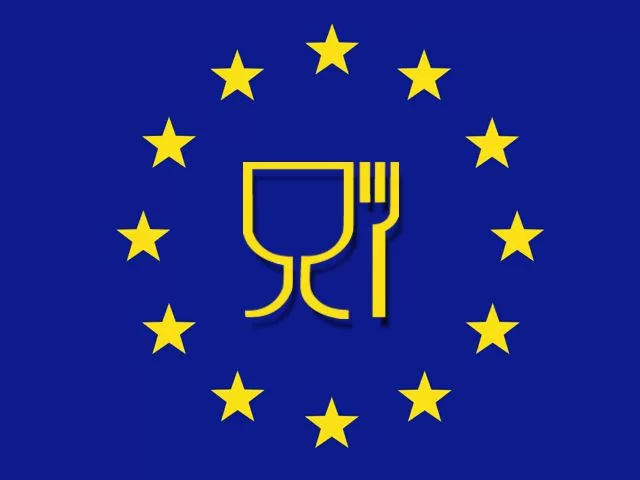NATCOL stood up for carotenes in the 53rd Codex Committee on Food Additives
NATCOL stood up for carotenes in the 53rd Codex Committee on Food Additives NATCOL very successfully presented technologically justified new maximum permitted levels for all carotenes during last week’s CCFA53. Carotenes have a long established safe use as a successful food colour for almost half a century and they are still the most popular colours […]
NATCOL stood up for carotenes in the 53rd Codex Committee on Food Additives Read More »








